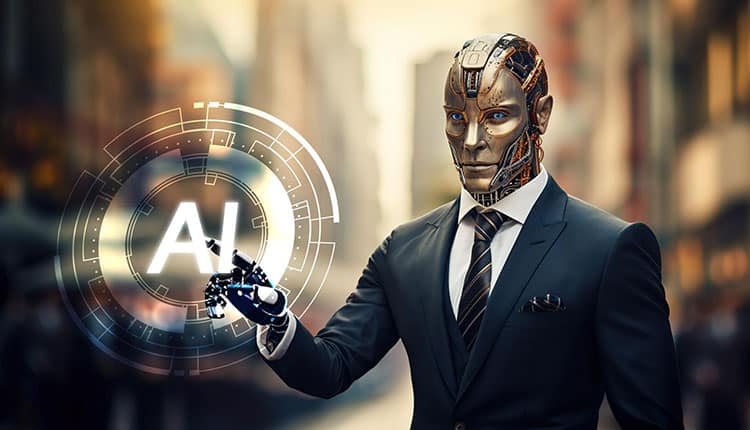By Rahul Yadav, Chief Technology Officer, Milestone Systems
The 1987 comedy classic Planes, Trains and Automobiles represents the quintessential journey from hell. Neal Page and Del Griffith, played by Steve Martin and John Candy, respectively, face a series of disastrous travel mishaps while desperately trying to make it home for Thanksgiving.
Tourism professionals can probably relate. From lost luggage to volcanic ash clouds, the sector regularly encounters crises. After enduring its greatest challenge yet, the hospitality sector now looks to be entering its post-pandemic age.
Several indicators point to a recovery. The latest reading of the World Tourism Organisation barometer shows that international tourist arrivals reached 80% of pre-pandemic levels in the first three months of 2023. Global air traffic is at 90.5% of pre-coronavirus levels, according to the International Air Transport Association, and the airline industry is forecast to return to a net profit this year.
As the travel industry picks up where it left off in 2019, innovation will also make a comeback. One area poised to thrive is video technology and analytics. Advancements in this field will improve efficiency and guest satisfaction, marking the beginning of a new era for the tourism industry. Here is how it will bring about changes.
Guest preferences
Video security systems have come a long way in recent years. Modern security systems have many advantages, including the ability to use advanced analytics and artificial intelligence-based features. This means that video security systems, traditionally used for recording and investigating incidents, can also facilitate smoother operations that deliver better guest experiences.
Let’s say you operate a popular tourist attraction like a museum. During the peak tourist season, there is a good chance that queue times increase. By adding a queue monitoring application to your video system, it is possible to analyse how many people are in specific areas at a given time. These insights can be converted into decisions, such as where to place resources. With knowledge of bottlenecks and guest preferences, it is possible to adjust the layout of a premises in a way that enhances the visitor journey.
For heritage sites, alerts can also be set up to detect overcrowding, helping to prevent damage to historically important locations. This enables proactive measures to be taken to safeguard delicate exhibits and prevent irreversible damage.
With the continuous advancements in video technology, museums and heritage sites can offer a safer and more enjoyable experience for guests while preserving their treasures.
Better experiences
Video technology plays a more prominent role in certain segments of the hospitality industry. For instance, casinos, operating under stringent regulations, need extensive video surveillance systems to operate lawfully.
With video analytics, the same technology can be used to create personalised guest experiences. License plate recognition, commonly used for access management, can notify staff when a VIP enters the building.
This allows special guests to be warmly greeted upon arrival and receive exceptional treatment throughout their visit.
Better traffic flow
Video analytics has already proven to be a powerful tool in managing traffic flow, and its significance will continue to increase in the coming years.
When holidaymakers drive through unfamiliar cities or need to take a taxi to the airport, they may find themselves stuck in traffic jams.
With the assistance of video analytics, city officials can analyse video feeds in real-time to count traffic, providing valuable information that helps transportation authorities understand traffic patterns and make adjustments that alleviate congested areas.
Video technology can help city officials make well-informed decisions that cull bottlenecks and enhance overall traffic flow, ultimately making visitors’ journeys less stressful.
Faster response times
Safety ranks high on the list of priorities for holidaymakers. Nowhere is security more apparent than in airports.
Modern video technology makes it possible to create alerts when certain incidents arise. It can detect the presence of trespassers in restricted areas, while object detection capabilities can raise the alarm when something suspicious is detected.
By sounding the alarm promptly, video technology facilitates faster response times, which is vital during times of crisis. This allows staff to swiftly deescalate situations and ensure the safety and well-being of all individuals involved.
Contactless solutions
Video technology has played a pivotal role in promoting contactless solutions and implementing robust hygiene protocols, especially during the Covid-19 pandemic.
From 2020 onwards, hotels swiftly implemented contactless check-in and check-out procedures. Guests were able to complete these processes through user-friendly mobile apps or self-service kiosks. These measures were instrumental in providing reassurance to hotel staff and guests that establishments adhered to health requirements.
Touchless systems not only provide reassurance during health crises but also contribute to the convenience of guests’ stays. Hotels group Hilton has used contactless technology to great effect and was an early adopter of solutions that enable keyless entry to rooms. According to the group’s latest trends report, travellers are increasingly seeking such seamless and hassle-free innovations in their journeys.
By combining video with analytics from contactless services, hospitality businesses can also identify areas where procedures may slow down, enabling a smoother and more efficient process that ultimately enhances guest satisfaction.
As travellers embark on their next adventure, be it by plane, train, or automobile, rest assured that video technology is here to make their journey smoother, more efficient, and more enjoyable.



